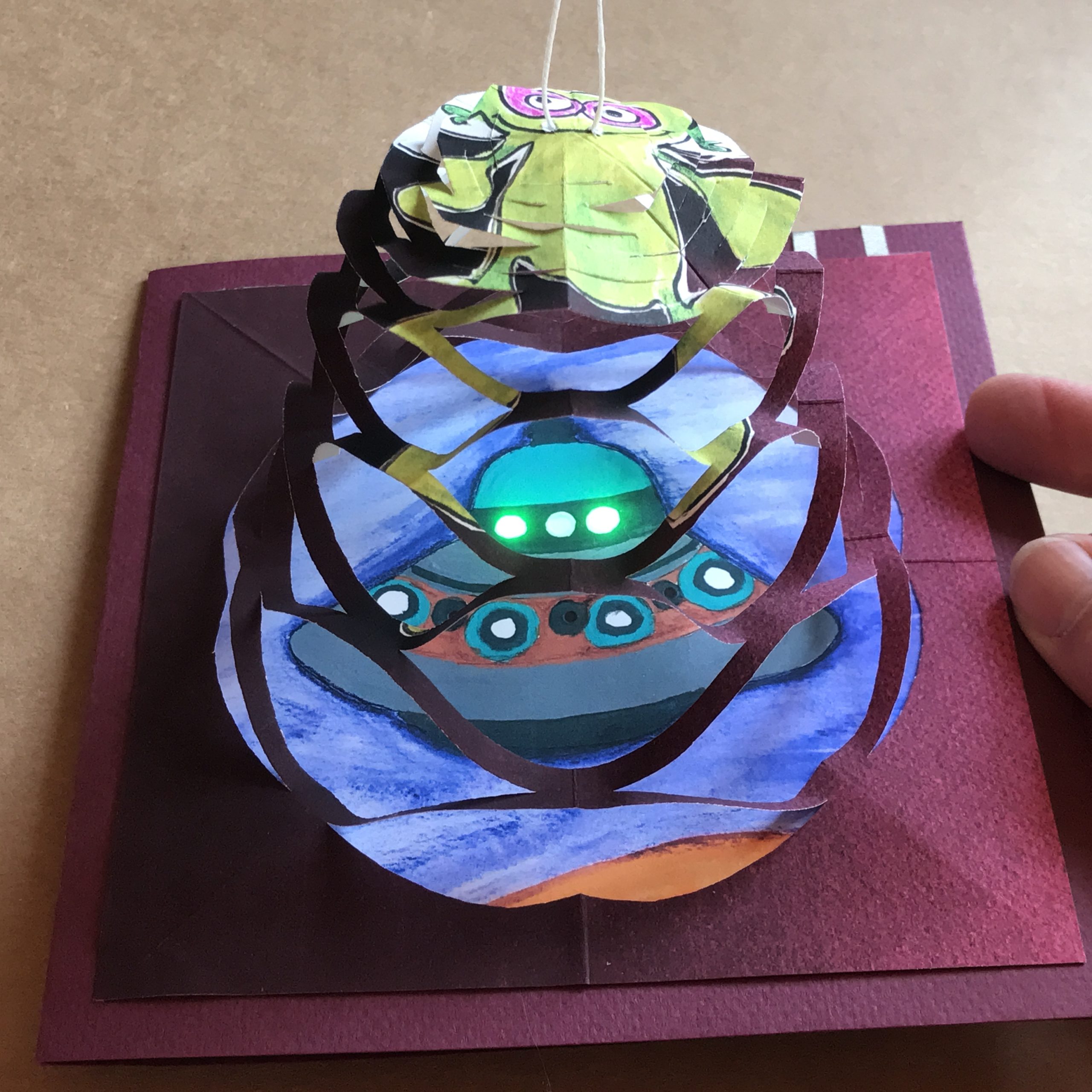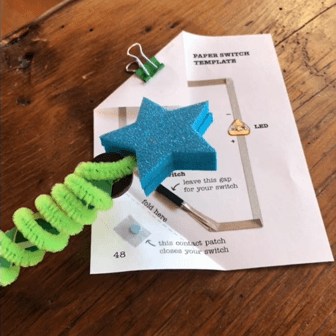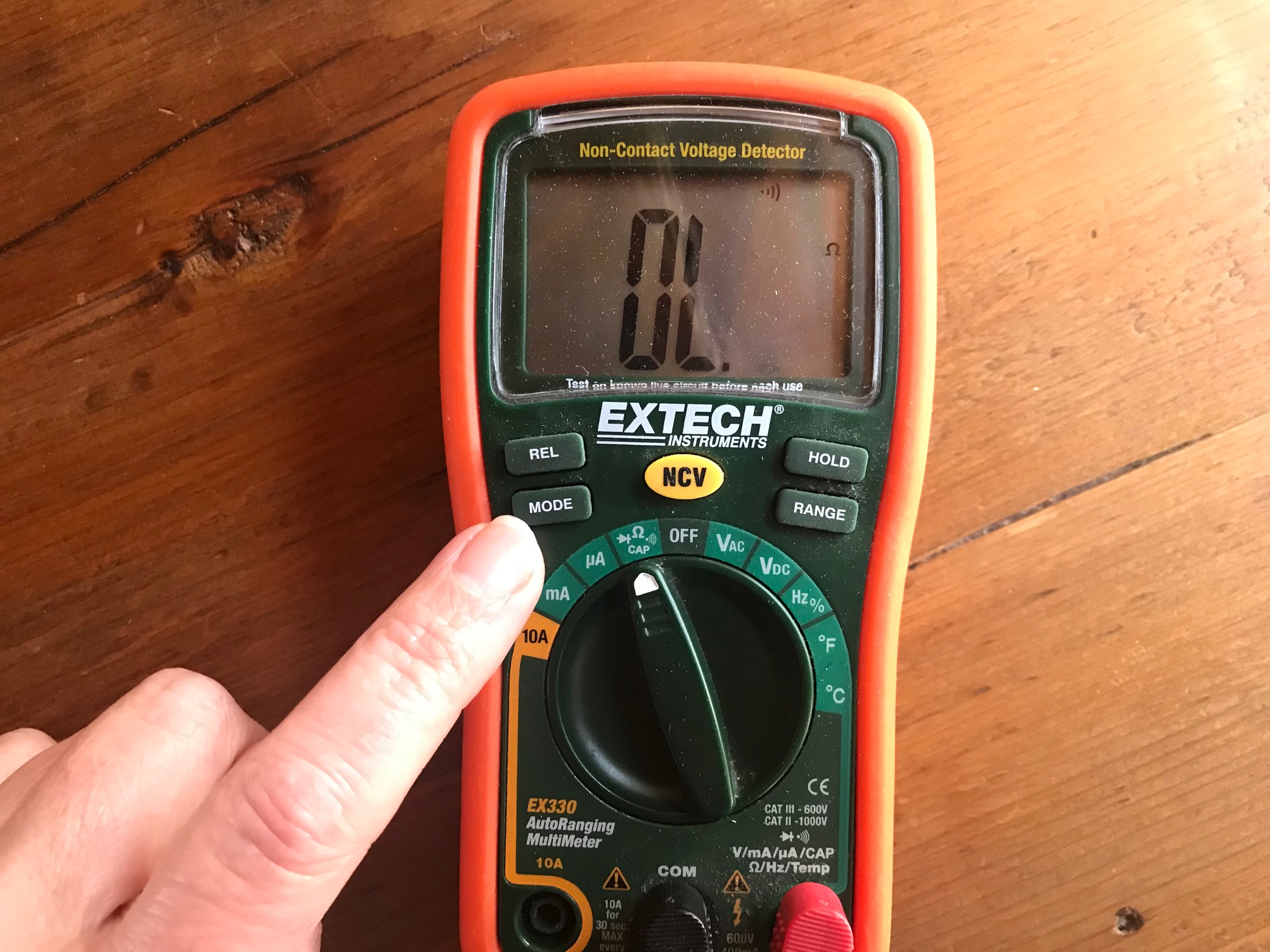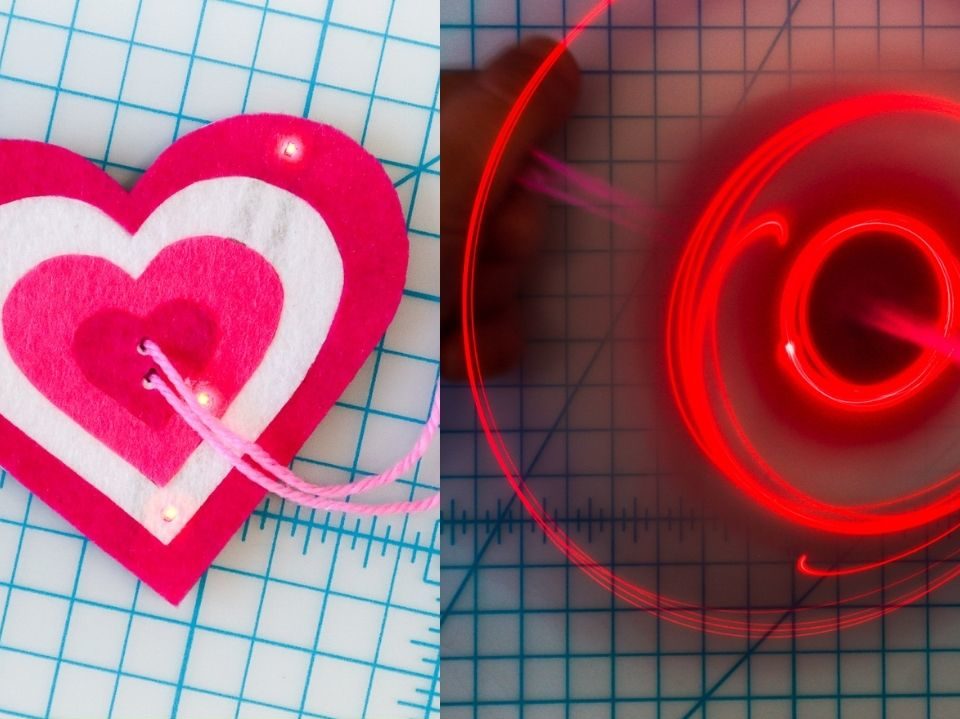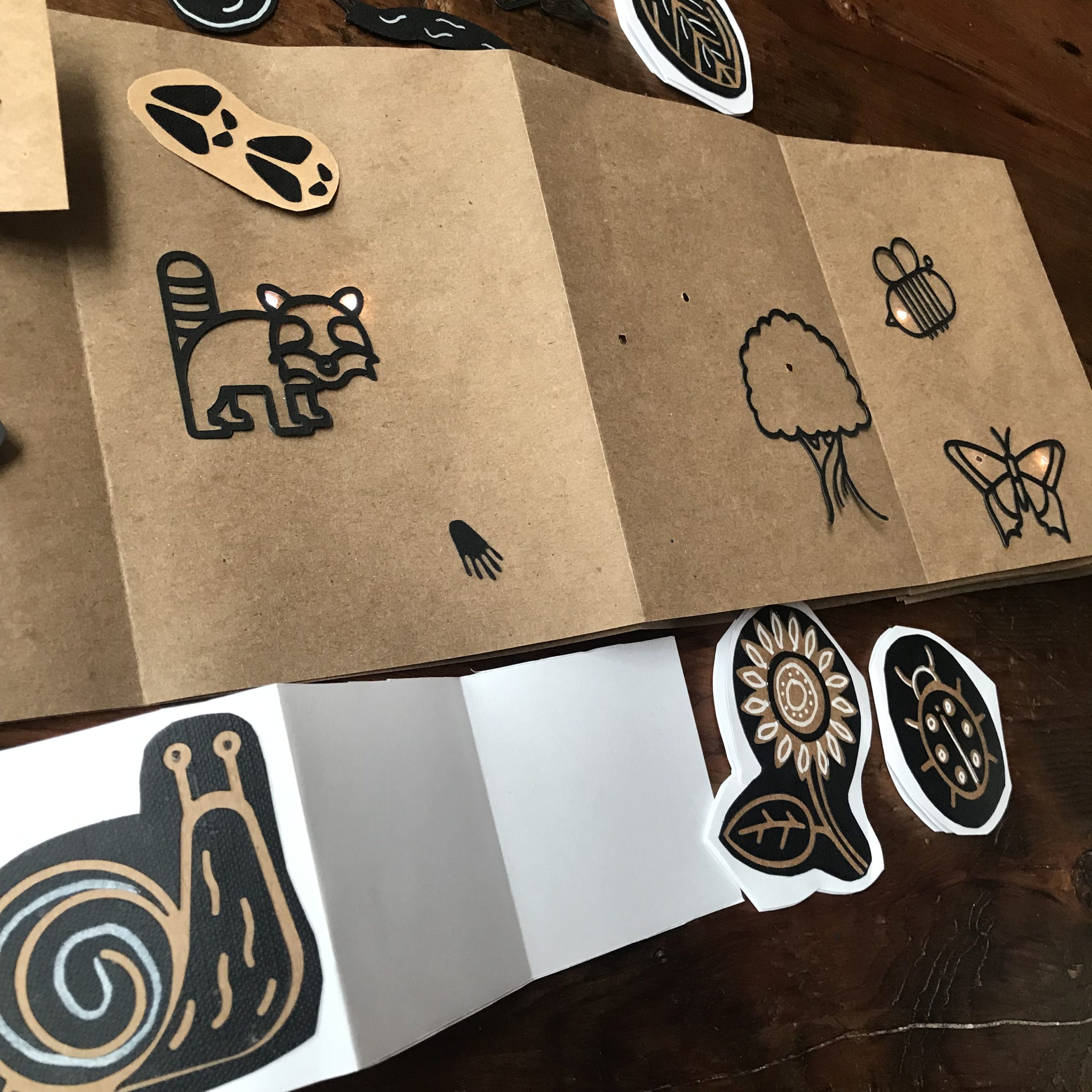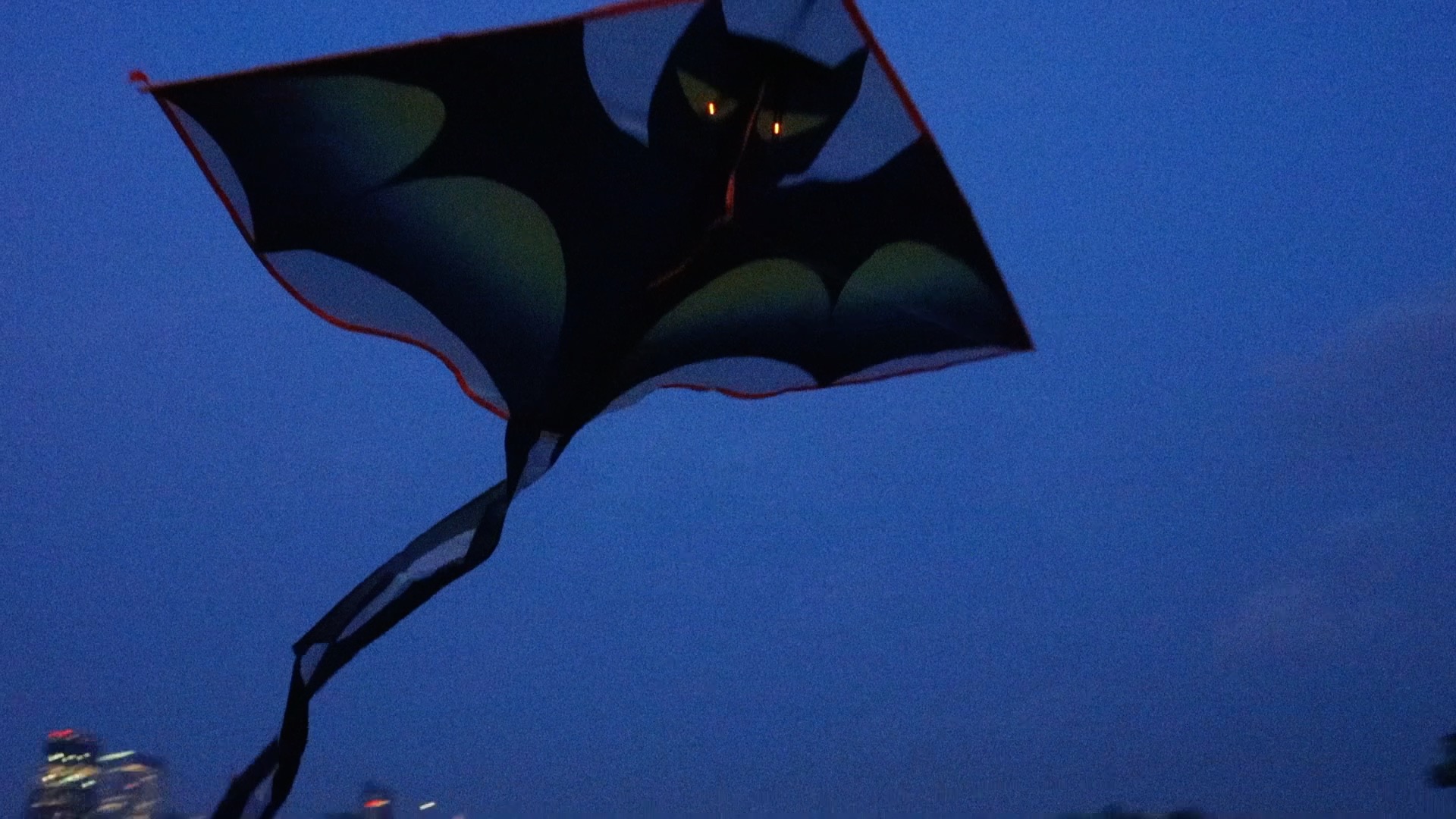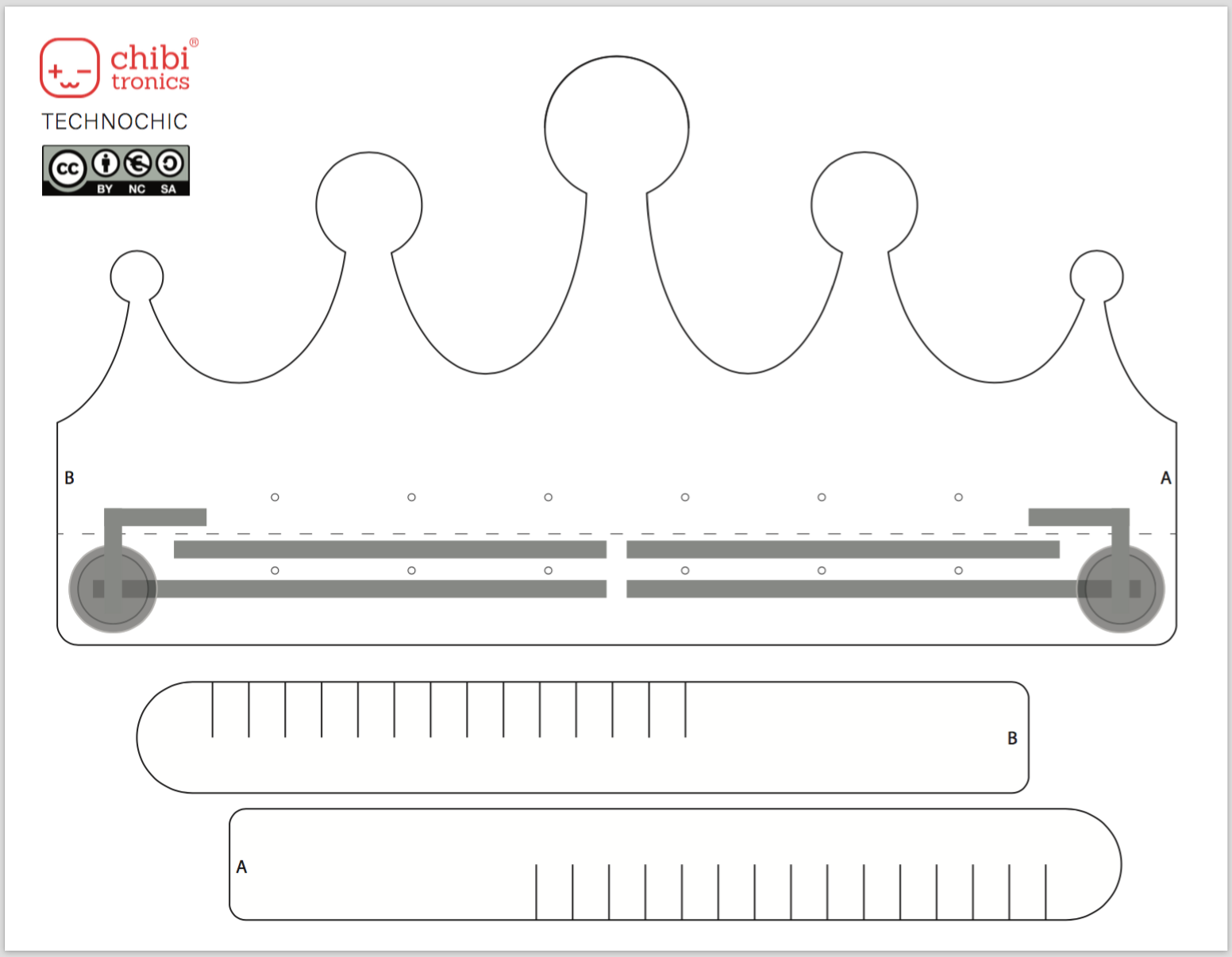In our first reed switch tutorial, Magical Magnetism: Intro to Reed Switches (Normally Open), we introduced the most common type of reed switch, demonstrated how to use one in a circuit, and showed how to make a magnetic wand that can trigger any circuit you make with one. In this follow up tutorial, Magical Magnetism: Intro […]
Magical Magnetic Wand & Chibitronics Reed Switch (Magnet On)
Magnets, like wands, are magical! In my tutorial, Magical Magnetism: Intro to Reed Switches (Magnet On), I’ll show you how to make a magnetic wand that can trigger a circuit you make with a reed switch. A reed switch and magnet are an intriguing duo possessing magical qualities that may be applied in countless ways. […]
Testing Continuity with a Multimeter
The continuity feature of a multimeter allows you to test for conductivity of materials and trace where electrical connections have been made (or not made). When working with paper circuits, the continuity function of a multimeter is useful for locating wonky connections (joints that should be well connected, but aren’t) and unintended connections (parts that should […]
USB Powered Paper Circuits: An Alternative to Coin Batteries
Coin batteries are great for powering paper circuits, but they can be costly — both in terms of expense and environmental impact. USB power is a great substitute for coin batteries if you need more power, want to leave a project turned on, or don’t want to keep switching out batteries. It’s also useful for […]
DIY Light-Up Spinner Toy from TechnoChic
Natasha from TechnoChic is back this month with a fun, interactive Valentine’s Day project. Head to the full tutorial to find out how you can create your own heart design light-up spinner!
Light Up Waterfall Card Featuring Chibitronics LED Stickers
Pull tab sliders, also known as waterfall cards, add interactivity and a surprising flipping motion to handmade creations such as greeting cards, scrapbooks, and posters. Easily constructed with paper, glue, and tape, their flat design and flexibility make them ideal for adding paper circuitry. In this new tutorial, perfect for Valentine’s Day, Jill Dawson shows […]
Festive Light-Up Tree Party Hats
Natasha from TechnoChic is back with another tutorial! You’ll learn how to make a festive light-up party hat! This one is tree-themed for Christmas but you can change up the color for any occasion. Click here to see the full tutorial.
Paper Circuit Accordion Book
Jill Dawson is back with another amazing accordion book tutorial! This one is chock full of techniques and ideas that can take your paper circuits projects to the next level. Click here to see the full tutorial!
NEW TUTORIAL: Light Up A Kite!
We have a new tutorial from Natasha Dzurny at TechnoChic! Click here to see how she uses our circuit sticker LEDs and conductive fabric tape to light up two different kites!
NEW GUIDE: Conductive Thread by Jill Dawson
Check out this amazing new guide on conductive thread by Jill Dawson! Learn about the different types of conductive thread, how to choose for your projects and tons of tips and tricks for using conductive thread with paper circuits!
NEW VIDEO TUTORIAL: Paper Crown with Rainbow LEDs
New video tutorial by Natasha Dzurny of TechnoChic! This tutorial will show you how to make a rainbow crown using conductive fabric tape and different colors of LED Circuit Stickers. Here are the PDF template downloads for this tutorial: Have fun!
Haunted House Parts 1 & 2 (featuring DIY Pressure Sensors)
We’re excited to announce two new tutorials that show you how to make two pressure sensor circuits out of Pressure Sensitive Conductive Plastic! These circuits allow you to make totally different interactions using the same artwork by switching up the circuits, like in these cool haunted house scenes! In the “Haunted House Pt. 1: Intro […]

